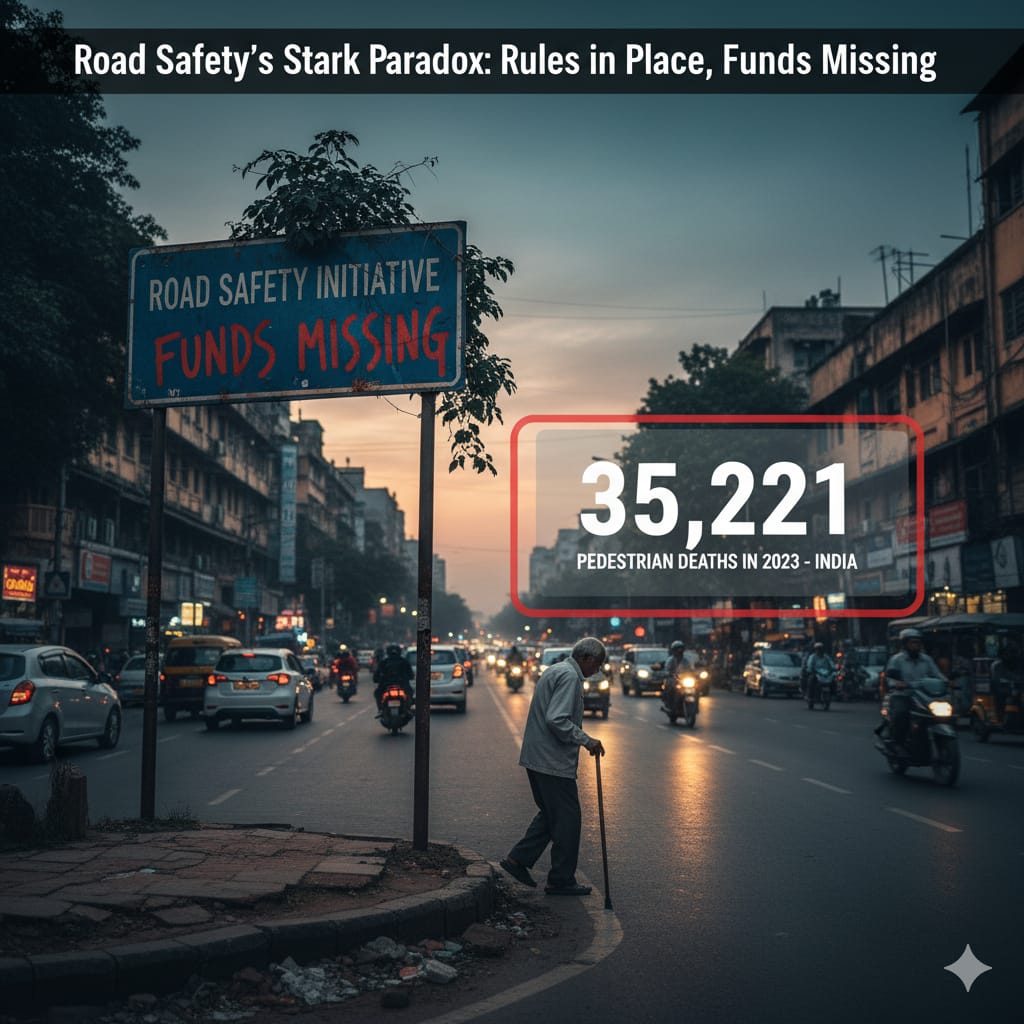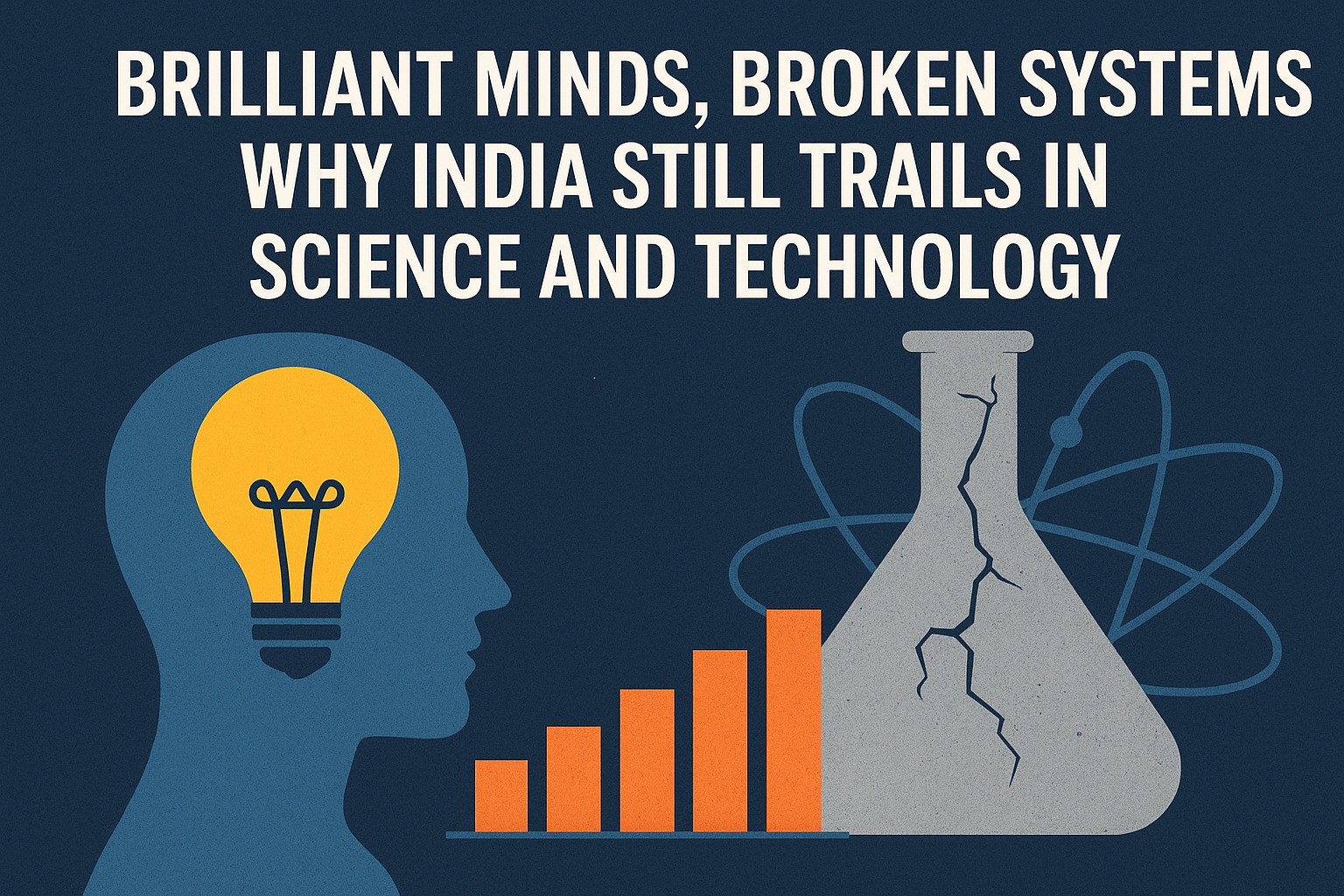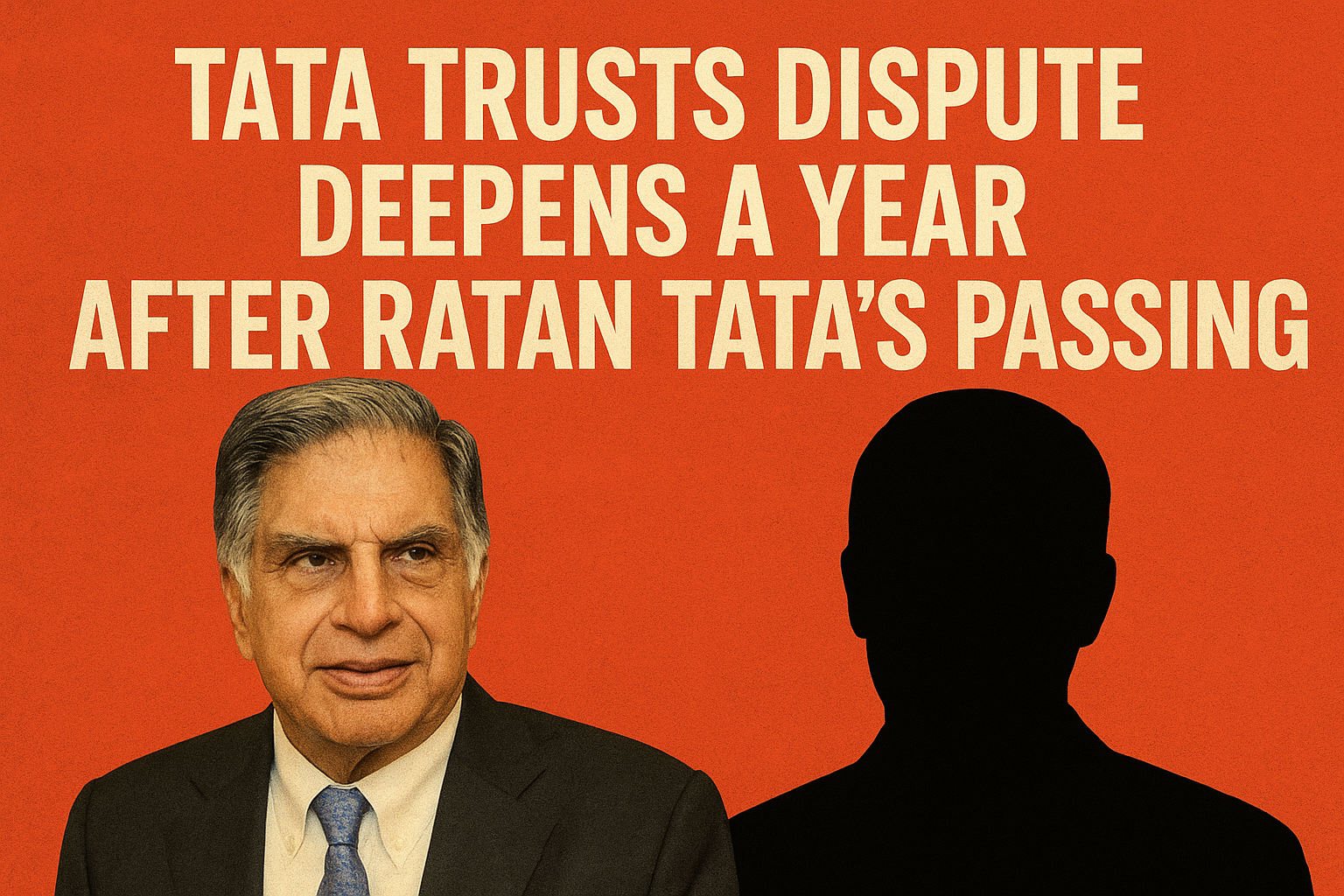_charging_stations_with_glowing_green_lights._A_sleek_electric_car_is_parked_.webp)
Delhi is on the cusp of a transformative shift in urban mobility, with the government set to unveil its ambitious Electric Vehicle (EV) Policy 2.0 next month. This initiative aims to tackle one of the biggest challenges faced by EV users "charging infrastructure" by mandating that at least 20% of parking spaces in new buildings be equipped with EV charging points. For existing buildings, the policy sets a minimum requirement of 5% charging infrastructure, ensuring that Delhi moves steadily towards a future where electric mobility is convenient and accessible.
The Need for a Robust EV Infrastructure
Despite the increasing adoption of electric vehicles, inadequate charging facilities have been a major roadblock, discouraging potential buyers and limiting the efficiency of existing EV users. While Delhi’s first EV policy, launched in 2020 and later extended until 2025, focused on increasing EV adoption, its successor "EV Policy 2.0" takes a more infrastructure-centric approach.
Government officials confirm that occupancy certificates (OCs) for new buildings with over 20 parking spaces will only be issued if they include charging stations for at least 20% of the total parking capacity. Large public parking spaces will also be required to dedicate at least 20% of their spots to EV charging facilities.
Fast Chargers to Solve Long Waiting Times
One of the most notable aspects of the new policy is the focus on fast charging infrastructure. Unlike traditional slow chargers, which can take hours to replenish an EV’s battery, fast chargers can power up vehicles within minutes, making EV ownership far more practical. The Ring Road, Outer Ring Road, and spaces under flyovers will see a significant increase in the installation of these high-speed chargers, reducing range anxiety among EV owners.
A transport department official noted, “We have learned from the challenges of the past and are prioritizing fast chargers this time. With better technology, we are ensuring that EV users don’t have to wait for hours to charge their vehicles.”
Public & Private Parking to Go Electric
To ensure widespread access to charging stations, the policy extends beyond private residential and commercial buildings. It mandates that public parking spaces maintain a minimum number of EV charging stations. This will be crucial for individuals who don’t have private parking but still wish to switch to electric vehicles.
Additionally, Delhi’s municipal bodies (MCD and NDMC) will incorporate EV-friendly bylaws into their construction regulations, ensuring that all new developments align with the city’s long-term sustainability goals.
Financial Incentives & Penalties
To make this transition smoother, the government is offering substantial subsidies. Setting up a public or semi-public EV charging station will qualify for a subsidy of ₹2.25 lakh per charging point. The first 2,000 applicants will receive financial assistance, encouraging early adoption of the initiative.
However, the policy doesn’t stop at incentives—it also introduces penalties for non-EV vehicles occupying designated EV parking spots. This move ensures that the infrastructure developed for electric mobility is utilized appropriately, preventing misuse by petrol and diesel vehicle owners.
The Bigger Picture: Delhi’s EV Roadmap
Delhi has set an ambitious target of 13,200 public EV charging stations by 2030, ensuring that an EV charging facility is available every five kilometers. This builds upon the earlier target of 48,000 charging stations by 2026, which saw slower-than-expected implementation, with only 10% of the goal achieved so far.
By making charging facilities mandatory in new and existing buildings, EV Policy 2.0 seeks to eliminate key barriers that have hindered EV adoption. This shift is particularly crucial as Delhi continues to battle alarming air pollution levels, a problem exacerbated by fossil fuel-powered vehicles.
How This Policy Impacts You
For prospective EV buyers, this policy offers a clear assurance that charging infrastructure will no longer be a major concern. Whether you live in an apartment, work in an office, or rely on public parking, you’ll have better access to charging stations.
For builders and developers, the policy sets new compliance standards that must be incorporated into future projects. Those failing to provide EV infrastructure risk delays in receiving necessary approvals, adding a layer of accountability to urban planning.
For businesses, especially those operating commercial fleets, the expansion of fast-charging stations will reduce downtime and make large-scale EV adoption more feasible.
Powering Delhi’s Green Revolution
With this policy, Delhi is taking a decisive step towards making EVs the default choice for urban mobility. By addressing infrastructure bottlenecks, incentivizing early adoption, and enforcing stricter regulations, the government is sending a strong message—the future of Delhi’s roads is electric.
As the world moves towards sustainable mobility, Delhi is positioning itself as a leader in India’s EV revolution. But for the city’s green transformation to succeed, cooperation from residents, businesses, and policymakers will be essential.
Are we ready to embrace this change? The wheels have already been set in motion—now, it’s up to us to accelerate towards a cleaner, electric-powered future.




.jpeg)


.jpeg)




.jpeg)








